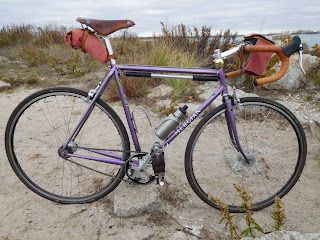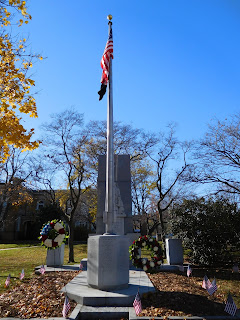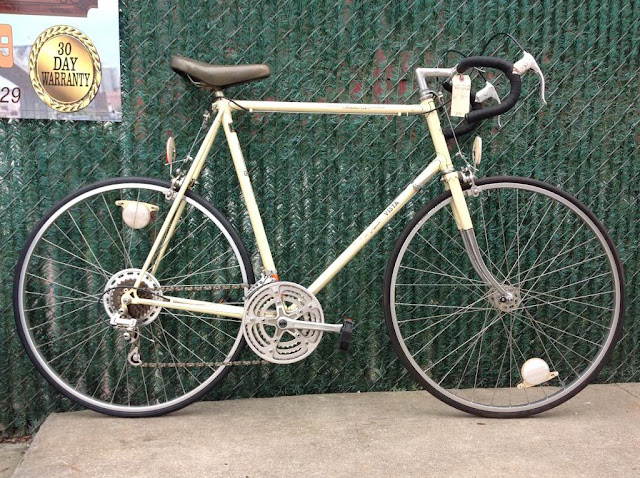Last week, I wrote about poor Saul Lopez, killed in a freak accident of the sort no cyclist--or anyone else, really--anticipates.
The 15-year-old was riding to school when a truck collided with another, and the impact sent both careening toward him as he crossed an intersection.
Today, unfortunately, I am going to write about another cyclist who fell victim to an unforeseeable mishap with a motor vehicle. Aside from the cyclist's victimization, there is some other bad news, but there is some good news--for now, anyway.
The good news is that the 34-year-old cyclist, whose name has not been released, is alive after a power line--carrying 7200 volts of electricity-- fell on her. The hospital treating her says she suffered burns, but has otherwise not commented on the extent or severity of her injuries.
So, how did the Tigard, Oregon cyclist end up under a live electrical conduit on her? That's where the bad news comes in: A driver who has been charged with DUI crashed into the pole bearing the power cable. Mark Wayne Hunter, 50, has also been charged with recklessly driving the van he crashed, fourth-degree assault and criminal mischief.
The crash occurred at 2 am (local time) this morning in front of the Tigard Police Department headquarters. A police officer who was walking through the parking lot saw the incident unfold. That officer ran over to aid the cyclist amid the downed power lines while waiting for the ambulance that took the cyclist to Emanual Medical Center's burn unit.
Let's hope the cyclist recovers and be thankful that police officer happened to show up at just the right time for something no one could have seen coming.
The 15-year-old was riding to school when a truck collided with another, and the impact sent both careening toward him as he crossed an intersection.
Today, unfortunately, I am going to write about another cyclist who fell victim to an unforeseeable mishap with a motor vehicle. Aside from the cyclist's victimization, there is some other bad news, but there is some good news--for now, anyway.
The good news is that the 34-year-old cyclist, whose name has not been released, is alive after a power line--carrying 7200 volts of electricity-- fell on her. The hospital treating her says she suffered burns, but has otherwise not commented on the extent or severity of her injuries.
 |
| Background: the crash scene. Inset: Mark Wayne Hunter. From KATU News. |
So, how did the Tigard, Oregon cyclist end up under a live electrical conduit on her? That's where the bad news comes in: A driver who has been charged with DUI crashed into the pole bearing the power cable. Mark Wayne Hunter, 50, has also been charged with recklessly driving the van he crashed, fourth-degree assault and criminal mischief.
The crash occurred at 2 am (local time) this morning in front of the Tigard Police Department headquarters. A police officer who was walking through the parking lot saw the incident unfold. That officer ran over to aid the cyclist amid the downed power lines while waiting for the ambulance that took the cyclist to Emanual Medical Center's burn unit.
Let's hope the cyclist recovers and be thankful that police officer happened to show up at just the right time for something no one could have seen coming.




























